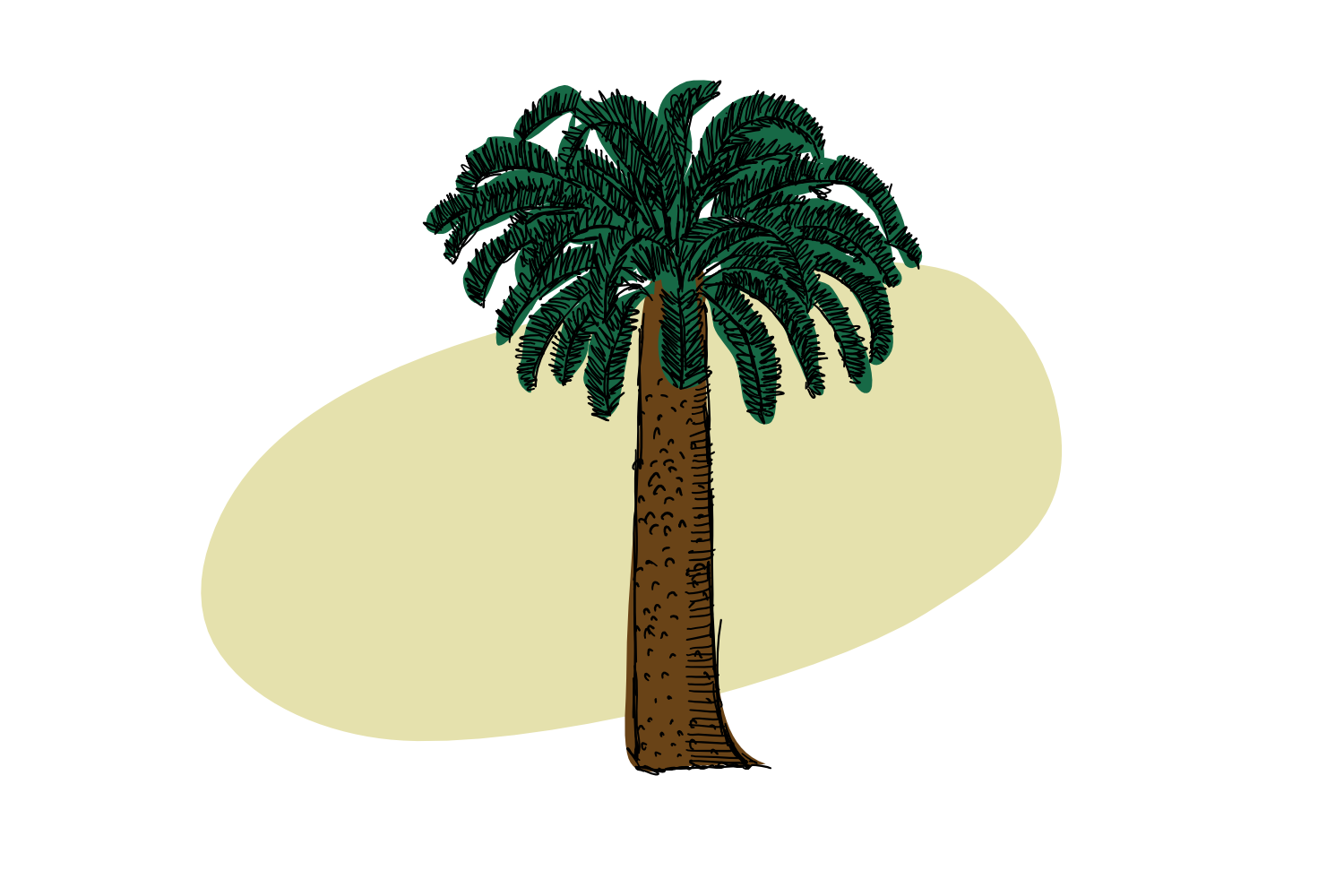Encephalartos woodii is a cycad. And Encephalartos woodii is alone.
Being a cycad is already a bit of a sad, evolutionarily speaking. Cycads, a type of gymnosperm (‘naked seed’ plant) once ruled the world. The fossil record shows that they appeared at least 265-290 million years ago, in the Upper Paleaozoic – a time when dragonflies filled the skies and the first dinosaurs had yet to walk across the lands. For the first period of their history, cycads spread across the earth, dominating landscapes from the far north all the way to Antarctica. These cycads weren’t just present – hanging around in one small spot of the world waiting for dinosaurs to evolve enough to munch on their pinnate leaves – they were omnipresent.
But things change. The world became different. The cycads retreated, ultimately shifting to their current location in subtropical and tropical parts of the world. The cycads lost their dominance, as angiosperms (flowering plants) became the new kings of this green planet.
So Encephalartos woodii, a cycad, is now surrounded by the plants that overthrew its empire. But E. woodii’s loneliness goes much deeper than that. It’s also locally extinct in its native South African habitat – lost from the wild due to overharvesting for medicinal purposes. Oh, and there’s only one true individual left on the entire planet.
The last surviving E. woodii was collected in 1895 by John Medley Wood. Wood (thus the ‘woodii’ part of the name) took some stems, as cuttings, and sent one of them to London’s Kew Garden. There, the stems were propagated and grown into an individual plant. Over the years, more plants were made from this individual, over 100 in total, and sent throughout the world. But because they were all made vegetatively – from cuttings – every single one was an exact genetic clone of the original. And out in the wild, there are now no more E. woodii individuals to be found.
The problem for E. woodii, is that it is dioecious. Meaning that individual plants only produce one of the two sexual gametes – pollen or ova – needed for reproduction. This is different from many of the common species we know and love, which produce both male and female sexual gametes on a single plant, or – in many angiosperms – within a single flower.
The E. woodii in Kew Gardens produced its first yellow reproductive cone in 2004. This plant, and all of its clones, are male. And there are no females in sight.
So what’s the future for a plant trapped in total isolation?
Scientists have suggested two ways to preserve E. woodii for the future. The first involves crossing the species with females from closely related plants, and then crossing the offspring that come from the union again and again with the male E. woodii to remove as much of the non-E.woodii genes as possible:

The second method is a little more sci-fi. It involves using hormones to chemically induce sex change in plantlets of the existing males. Although the exact factors determining the sex of cycad individuals are not completely understood, the fact that there have been no identifiable sex chromosomes found in cycad genomes, as well as the fact that sex changes can be induced in the wild, suggests that sex determination may be due to different methylation patterns. For this reason, scientists Gorelicka and Osborne suggested treating cycads with methylating or demethylating compounds to try to create a new female.
Although their suggestion has several issues – including that we don’t even know which methylation patterns to look for, and we are not sure how to regenerate the hormone-treated plants (a method problematic even in arabidopsis!) – there are also some benefits. Treating the plants with chemicals could also induce mutations in other parts of the genome, which could be beneficial in increasing the diversity of the species. If the females could be created, and new offspring then made by sexual mating, this would further increase diversity due to meiotic recombination in the embryo when genetic material is reshuffled between both parent genomes. Furthermore, unlike the current male plant, a female plant would be able pass the chloroplast and mitochondria down to the next generations.
Unfortunately, although these ideas were proposed way back in 2002, we haven’t been able to find any more recent updates of the fate of Encephalartos woodii.
Which probably means that the cycad is still living a life of loneliness.
References:
We recommend you read the great piece by Robert Krulwich over on NPR, entitled ‘The Loneliest Tree in the World.’
Inducing sex change and organogenesis from tissue culture in the endangered African cycad Encephalartos woodii (Cycadales, Zamiaceae). Gorelicka and Osborne, 2002. South African Journal of Science 98
You can also read about it over on the Kew Gardens website.
